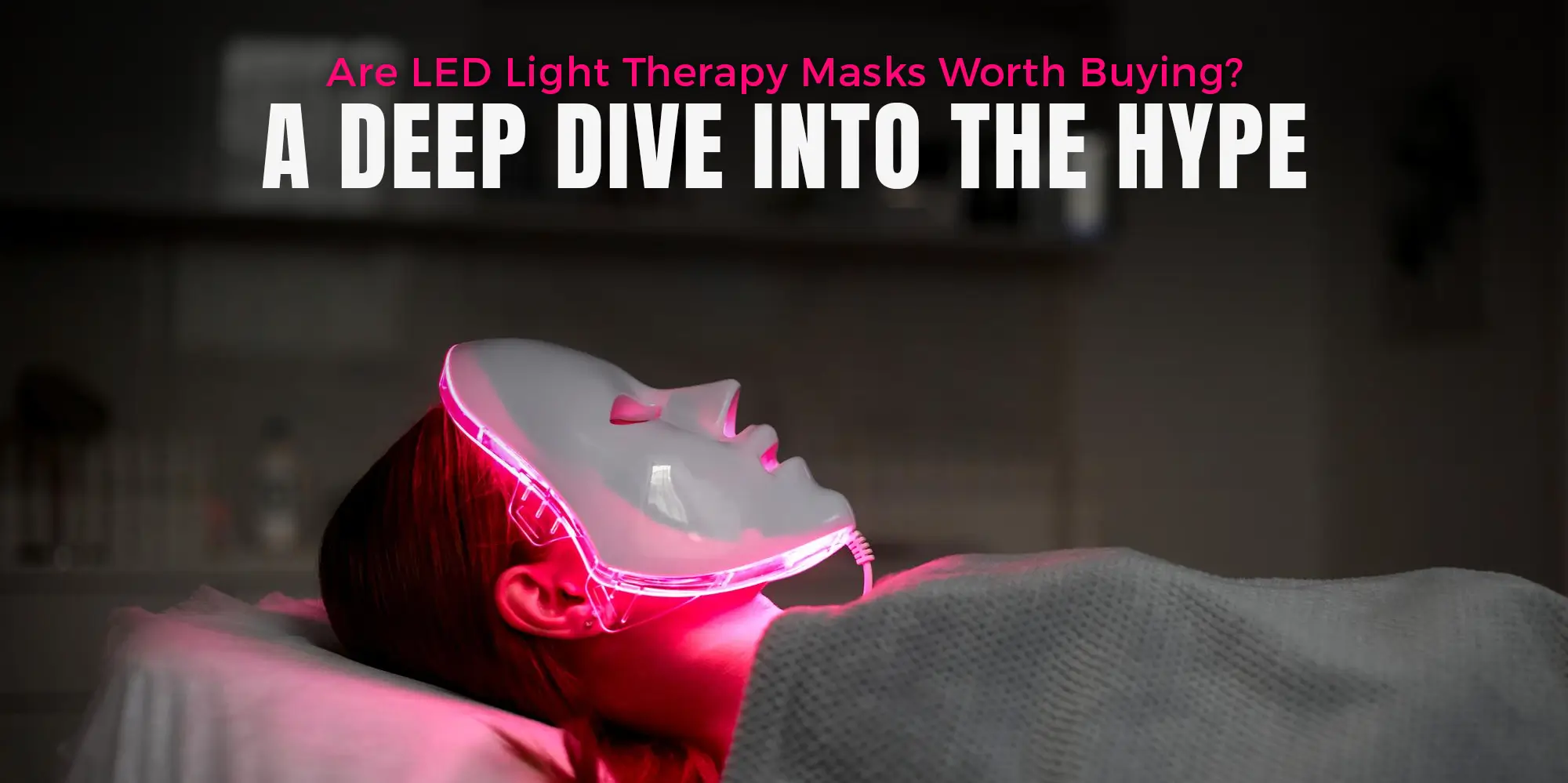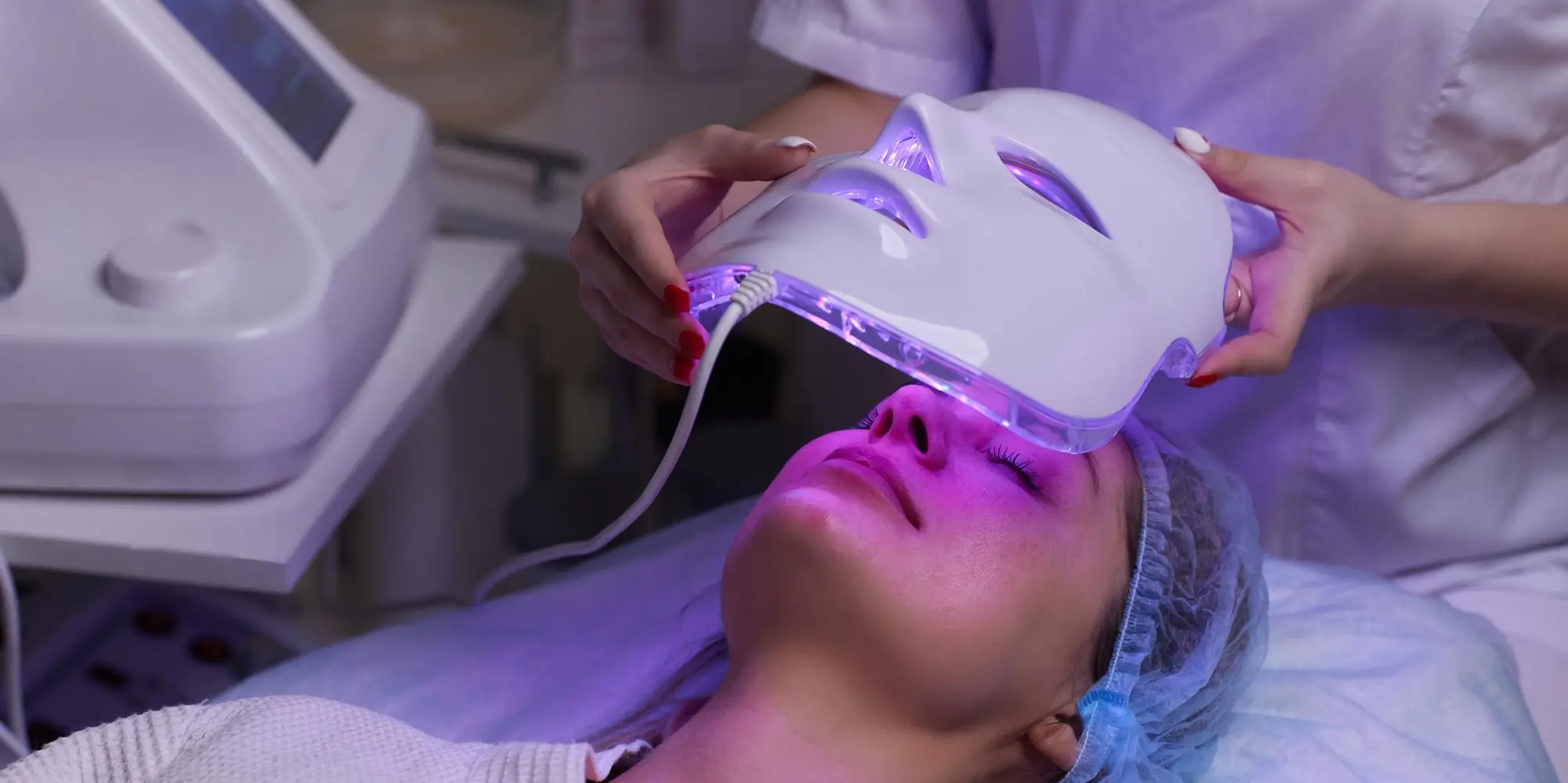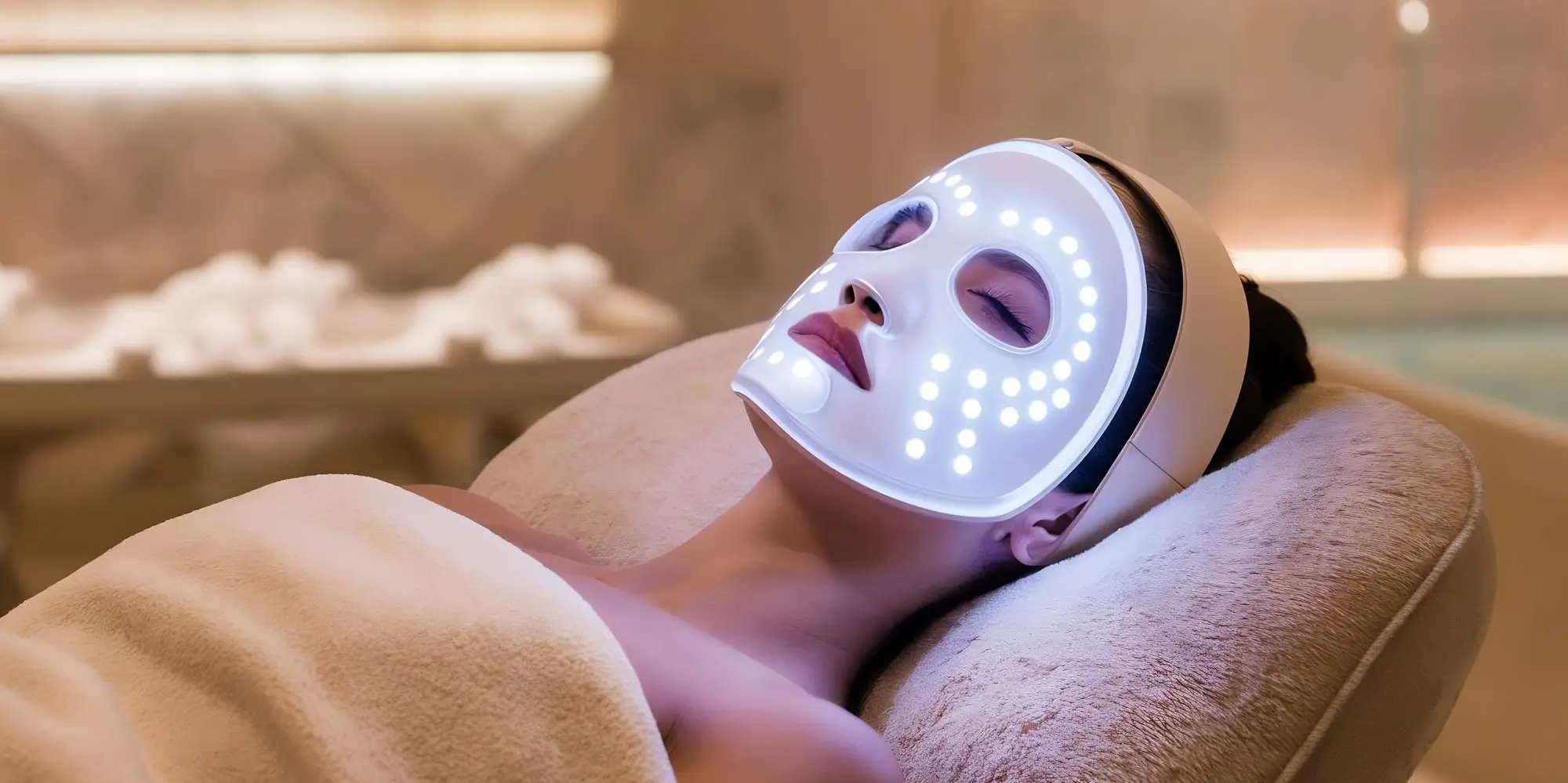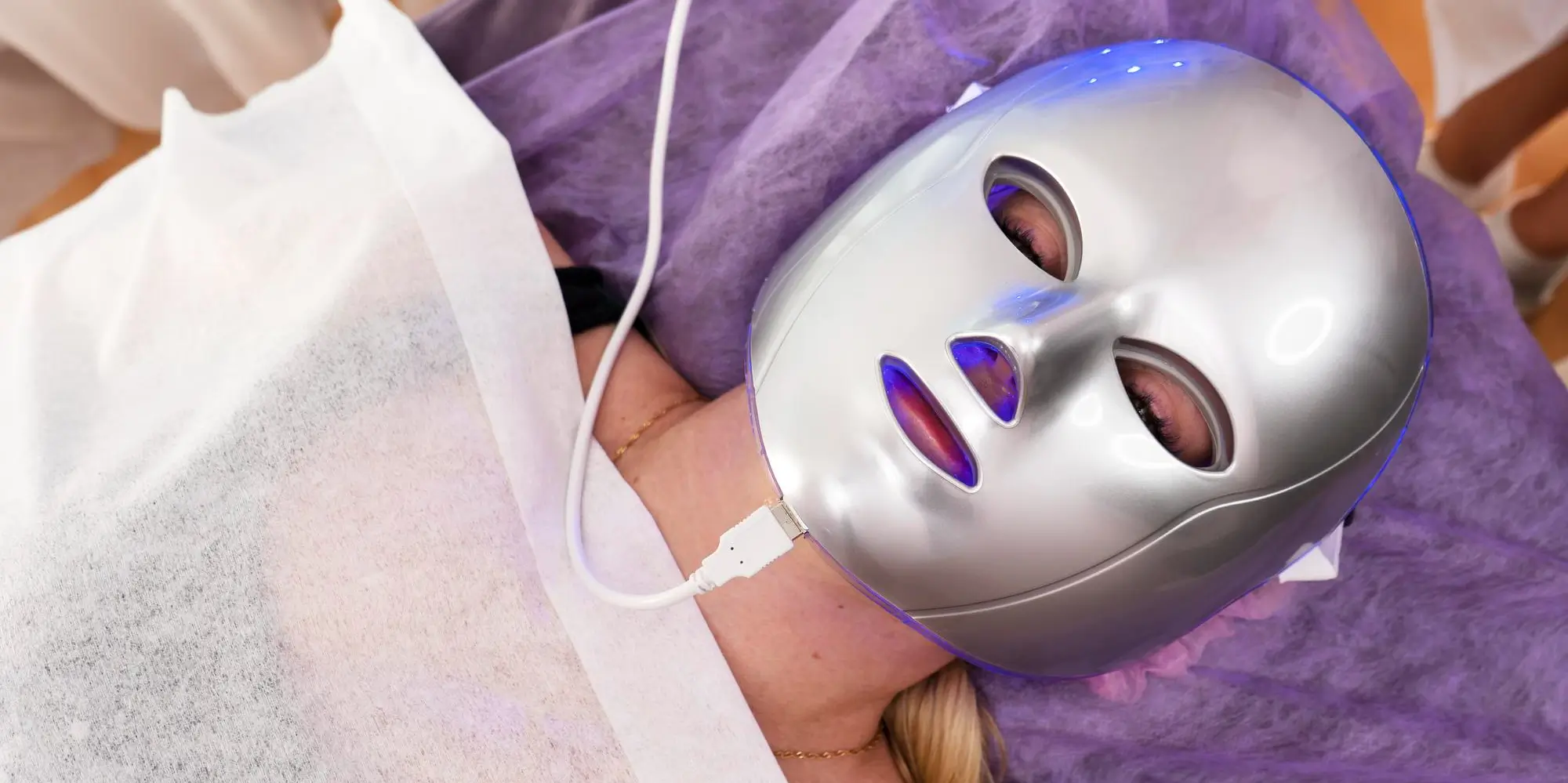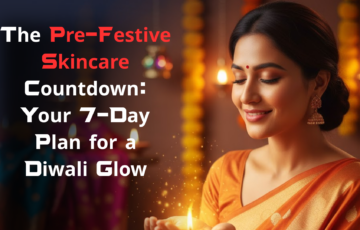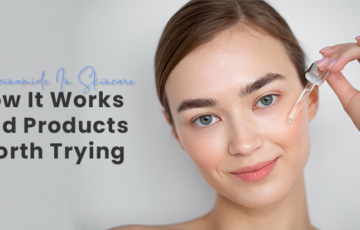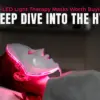Promising glowing skin through the power of light, LED masks have become one of beauty’s most talked-about gadgets. They look futuristic, feel indulgent, and claim to transform your skin without pain or downtime.
But do they really work, or are they just another skincare trend shining a little too bright? Let’s break down what these masks actually do, how to use them safely, and whether they’re truly worth adding to your routine.
The Science Behind the Glow
LED (Light Emitting Diode) therapy might sound like something out of a sci-fi movie, but its roots lie in science. The technology uses different wavelengths of visible light to target specific skin concerns, from acne to aging. Unlike lasers or chemical treatments, LED therapy doesn’t damage the skin’s surface. Instead, it works gently beneath it, stimulating natural cellular activity.
The concept is simple: light energy penetrates the skin, triggering biological processes that help repair and rejuvenate it. This means no redness, no peeling, and no recovery time, just a gradual improvement with consistent use.
Why Different Colours Matter
If you’ve ever seen someone wearing an LED mask, you’ll notice it flickers between colours, red, blue, green, and sometimes yellow or near-infrared. Each of these lights serves a specific purpose:
- Red Light: Often used for anti-aging benefits, red wavelengths help boost collagen production, reduce fine lines, and improve elasticity.
- Blue Light: This one is popular for acne-prone skin. It helps target and minimize acne-causing bacteria on the surface.
- Yellow Light: Calms redness and inflammation, giving the skin a more even, soothed appearance.
- Green Light: Aids in balancing skin tone and reducing pigmentation.
- Near-Infrared Light: Works deeper into the skin layers, promoting healing and tissue repair.
When combined, these lights create a multi-dimensional approach to skincare, addressing not just one issue but an overall sense of health and radiance.
At-Home vs. In-Clinic Treatments
LED therapy first began in clinical settings, where medical-grade machines deliver higher intensity and precision. These professional devices use stronger wavelengths that penetrate deeper layers of the skin, often producing faster and more visible results.
At-home LED masks, on the other hand, are gentler. They’re designed for regular maintenance rather than dramatic transformation. Think of them as a supplement to your skincare routine, something that enhances your results over time rather than replacing professional treatments entirely.
If you’re consistent, home-use LED masks can still make a noticeable difference in skin texture, clarity, and tone. However, patience is key. The improvements are gradual, not overnight miracles.
How to Use LED Masks Safely
The appeal of LED masks lies in their simplicity, put it on, relax, and let the light do its work. But just because it’s easy doesn’t mean it’s effortless. To get the most out of the device, it’s important to follow a few key guidelines:
- Start with Clean Skin: Always use your LED mask on freshly cleansed skin to allow maximum light absorption.
- Use Regularly: For visible results, consistency matters. Aim for three to four sessions per week, around 10–20 minutes each time, depending on the device instructions.
- Protect Your Eyes: Even though the light is gentle, it’s still bright. Many masks include built-in eye shields, but if yours doesn’t, wear protective goggles.
- Don’t Overdo It: More light isn’t better. Overuse can cause skin irritation. Stick to the recommended frequency.
- Follow Up with Skincare: After your session, apply a hydrating serum or moisturizer. The skin absorbs products more efficiently after LED therapy.
Are They Safe for Everyone?
In general, LED masks are considered safe for all skin types. The technology uses non-UV light, meaning it won’t burn or damage your skin. However, people with certain conditions, such as photosensitivity or active skin infections, should be cautious. Consulting a dermatologist before starting any new light-based treatment is always wise.
When shopping for a device, look for masks that are FDA-cleared and come with clear specifications about their light wavelengths. A few key numbers to remember: red light typically ranges between 630–660 nm, blue light around 415 nm, and near-infrared light approximately 830 nm. These wavelengths are proven to be effective and safe.
Comfort also matters, if the mask feels heavy, overheats, or sits awkwardly on your face, it’s probably not the right fit.
What to Expect from the Results
The benefits of LED masks are real but subtle. With steady use, you may notice smoother texture, fewer breakouts, less redness, and an overall brighter complexion. The skin often looks calmer and more balanced, with a soft, refreshed glow.
However, LED therapy isn’t a quick fix. It’s more like going to the gym, results build gradually with repetition. It’s perfect for those who enjoy ritualistic, slow beauty routines rather than instant transformations.
Think of it as skincare meditation, 15 minutes of stillness where light becomes part of your self-care practice.
The Final Verdict
Are LED masks worth the investment? The answer depends on what you expect. If you’re hoping for dramatic, overnight changes, you’ll likely be disappointed. But if you’re looking for a gentle, science-backed way to support your skin’s natural functions, and you’re willing to be consistent, an LED mask can be a worthwhile addition to your beauty regimen.
Create your professional portfolio on Dazzlerr and connect with brands that celebrate beauty and confidence!

